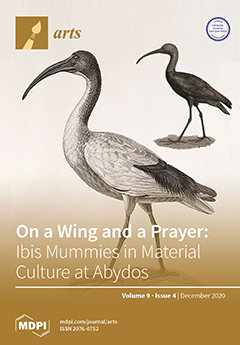The
Star Wars films have probably spawned more video game adaptations than any other franchise. From the 1982 release of
The Empire Strikes Back on the Atari 2600 to 2019’s
Jedi: Fallen Order, around one hundred officially licensed
Star Wars games have
[...] Read more.
The
Star Wars films have probably spawned more video game adaptations than any other franchise. From the 1982 release of
The Empire Strikes Back on the Atari 2600 to 2019’s
Jedi: Fallen Order, around one hundred officially licensed
Star Wars games have been published to date. Inevitably, the quality of these adaptations has varied, ranging from timeless classics such as
Star Wars: Knights of the Old Republic, to such lamentable cash grabs as the
Attack of the Clones movie tie-in. But what makes certain ludic adaptations of George Lucas’ space opera more successful than others? To answer this question, the critical response to some of the best-reviewed
Star Wars games is analysed here, revealing a number of potential factors to consider, including the audio-visual quality of the games, the attendant story, and aspects of the gameplay. The tension between what constitutes a good
game and what makes for a good
Star Wars adaptation is also discussed. It is concluded that, while many well-received adaptations share certain characteristics—such as John Williams’ iconic score, a high degree of visual fidelity, and certain mythic story elements—the very best
Star Wars games are those which advance the state of the art in video games, while simultaneously evoking something of Lucas’ cinematic saga.
Full article




